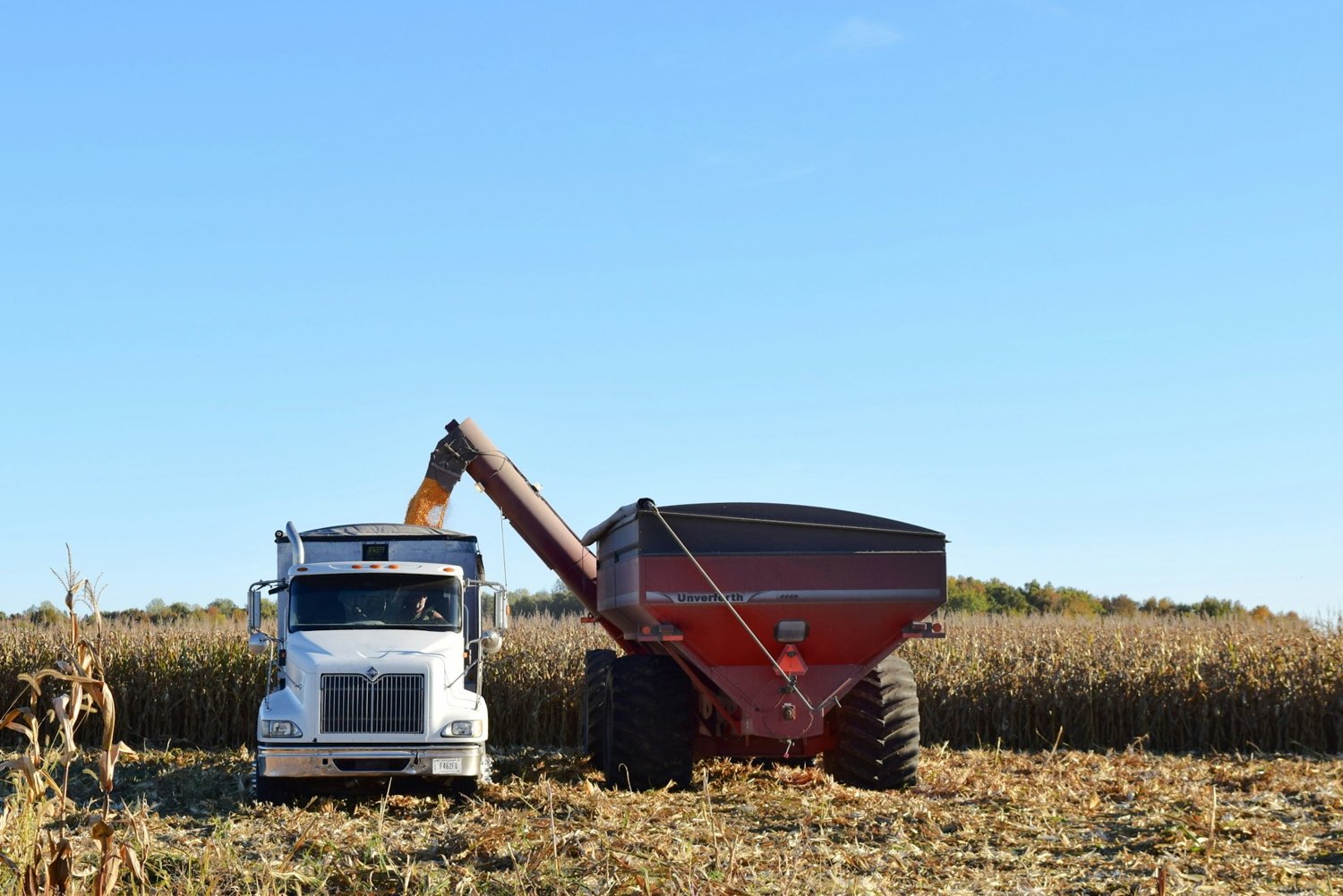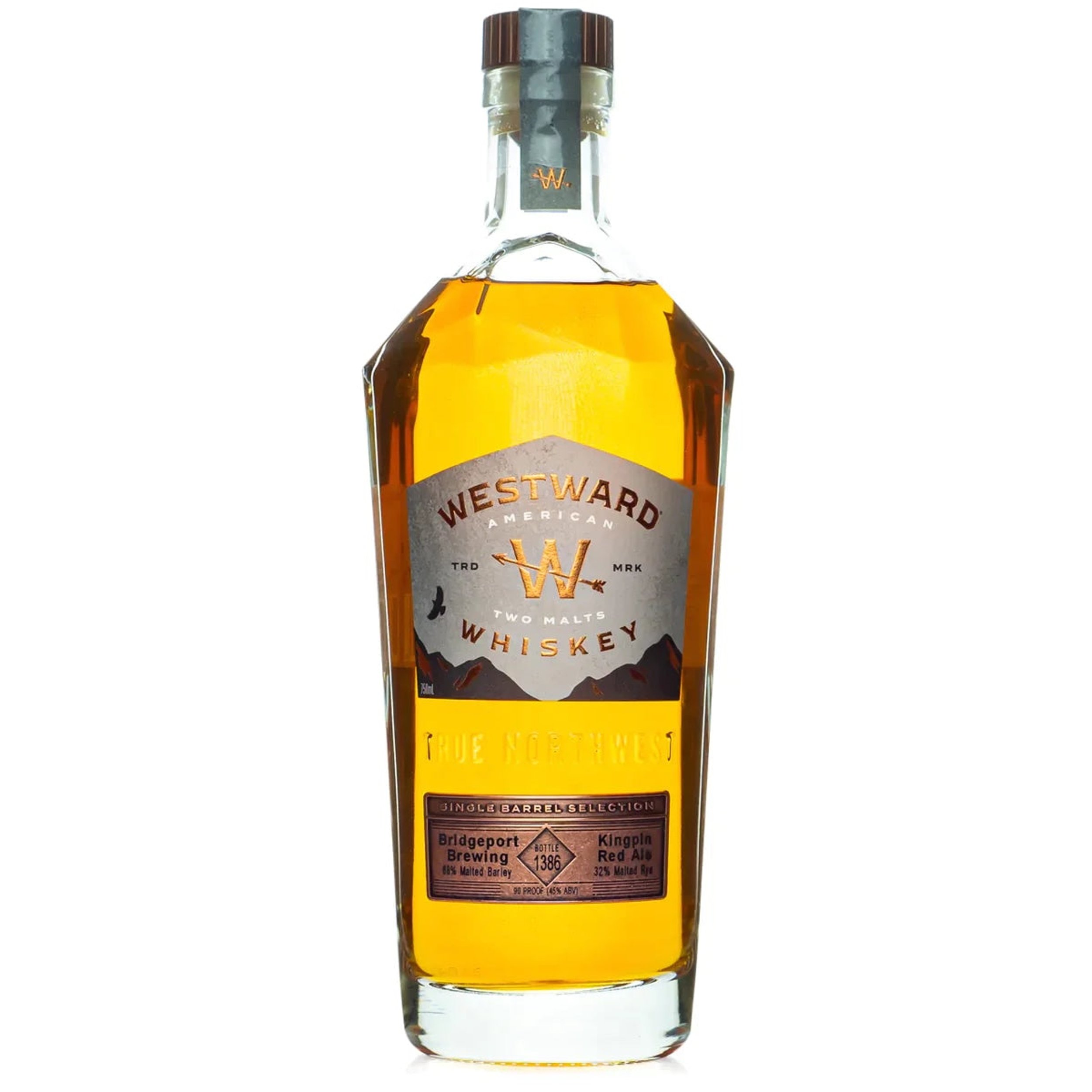Learn About the Grains Used in Whiskey
Water is often pointed out by distilleries as one of the most important factors in making whisky, but grain is getting more attention these days, both on the label and in the bottle.
The Alcohol and Tobacco Trade & Tax Bureau (TTB) defines whisky (or whiskey) as "spirits distilled from a fermented mash of grain at less than 95% alcohol by volume (190 proof) having the taste, aroma, and characteristics generally associated with whisky and bottled at not less than 40% alcohol by volume (80 proof)."
Westland Distillery malted grains
For a whiskey to be labeled a particular grain whiskey, it must contain 51% of that grain with other grains added as per the distiller's unique recipe (called the mashbill). Along those lines, a whiskey made with 100% of a particular grain can be labeled a "single grain" whiskey, though the proposed "American Single Malt" whiskey category under consideration by the TTB would require that whiskeys made under this category use 100% malted barley.
Primary Whisky Grains
Barley
Corn
Rye
Wheat
When discussing grain flavor profiles, Brad Irwin, owner and founder of Oregon Spirit Distillers in Bend, Oregon often uses the bread analogy. As he observes, "the same way grains lend different flavors to bread, they similarly impact the flavors in whiskey." The primary grains used for making whiskey are barley, corn, rye, and wheat. Other specialty grains that can be found in whiskey include rice, oats, quinoa, and triticale (a hybrid of wheat and rye grains).
Barley
Barley
According to Jason Parker, co-founder of Copperworks Distilling Company (Seattle, WA), barley gives viscosity and texture to whiskey that leads to a long finish as opposed to the very hot and dry short finish often found in bourbon. What you get out of 100% malted barley brewed and fermented like a beer are those fruits and floral notes that come from unfermented sugars whereas the flavor from bourbon comes more from the barrel and the alcohol." Also, barley is almost always malted, which gives a completely different sugar starting point from the other cereal grains. As Parker states, "kilning (drying) gives all these different temperatures and timelines, which is how you can get all those different colors and flavors out of barley." Read more about Westward.
Corn
Molly Troupe, Master Distiller, and partner at Freeland Spirits, observes how corn gives spirits like bourbon their sweetness and easygoing nature. In her estimation, corn is best complimented by grains like wheat, rye, or barley, all of which add complexity and layers, though one can find distillers like Nathan Kaiser at 2BAR Spirits in Seattle who distills an 80% corn / 20% barley liquor marketed as legal moonshine. Other than the fact that corn needs higher temperatures in processing, Troupe finds this is an easy grain to work with the highest potential alcohol yield compared to other grains she's used for her other spirits.
Rye
As per Troupe, rye is said to taste so good because it is full of distiller tears. "It is notoriously difficult due to how sticky it can be, but it makes a delicious product, so we put up with the potential mess." As rye can be drying on the palate, Troupe likes to compliment the flavor of their rye with the sweet nuttiness of buckwheat and the grassiness of barley.
Wheat
Irwin finds that wheat offers a softer flavor profile. As he notes, "this softer grain has an apple-like sweetness that is typically noted in the middle of a sip with a soft finish. Wheat as a grain in whiskey allows the barrel flavor profiles to shine."
Is there Terroir in Grains?
Waterford Whiskey at the farm
According to Mark Newton, the Head of Brand at Waterford Whisky, their academic research discovered thousands of flavor compounds within barley, and two-thirds of them are influenced by terroir. Currently, they have over a hundred Single Farm Origins barleys growing across the Southeast of Ireland, a region deemed home to some of the best barley in the world due to its soil and climate.
Miles Munroe, Master Blender, Westward Whiskey (Portland, OR) views barley similar to how a winemaker considers different wine styles by exploring the different grape varietals and the various climates they're grown in. "We know that barley types, soil, and climate bring diversity and complex flavors to whiskey. The shape of our custom pot stills and the way we approach distillation allows for the most amount of grain character to come through, so we're focused on high-quality barley that has a sense of place. We work with several maltsters in our region who source local barley which gives that sense of where the grain is from, and accordingly where our whiskey is from. Our two-row is always the best quality we can get that meets the standards of what craft brewers also expect."
Westland Distillery Colere American Single Malt Whiskey
In a similar vein, Westland Distillery (Seattle, WA)'s Colere whiskey releases explore the direct impact of how barley varietals inform flavor. Master blender Shane Armstrong notes they've distilled over thirty different varieties centered on those varietals grown in Washington State. As he observes, "Once distilled and matured, the resulting whiskey ranges from nuanced to distinctly different."
Westland's master distiller Tyler Pederson, adds they've come to understand that genetics play a large role in the flavor development of barley, and the environment can augment the flavor. For example, a dry, low moisture environment can drive a normally clean flavored, and high-yielding barley variety to have low starch and high protein concentrations, leading to possible increased fusal alcohol production in the spirit. Also, they saw heritage grains like Maris Otter and Golden Promise provide rich malty flavors, while more ancient varieties such as Bere and Obsidian have more intricate flavor profiles laced with nuance."
Blending Whiskey Grains
Westward Two Malts
In Munroe's estimation, grains are an incredibly important part of that process because it's the raw material that should be built upon from the beginning. As an ex-brewer, he knows that malting grains gives them more depth and added character. "In addition to malting barley, our Westward's Two Malts releases showcase what a bit of malted grains other than barley can add to the flavor. In particular, malted rye gives big ripe peach and dried stone fruit notes even when added in a small amount. Also, we're in the early stages of experimenting with malted small farmer-grown heirloom corn."
Munroe views blending whiskey as akin to developing a style of painting. "All artists have brushes, paints, canvases, and other tools that help bring the painting to life. But each artist will give very different results in what they produce given their style. In whiskey, we have so many materials to use and stylistic choices to make that inform the taste and character of our spirit."









